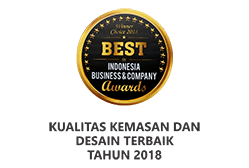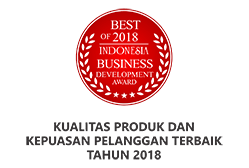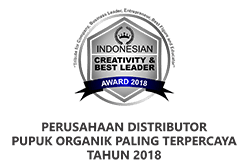GDM is bio organic fertilizer and probiotic which is derived by organic materials and 100% eco-friendly and completely contains premium unique bacteria that only exclusively provided in GDM Bio Organic Fertilizer and Bio Organic Probiotic.
GDM Bio Organic Fertilizer and Probiotic have 3 packaging sizes; 1L, 2L, 5L, which are embossed by GDM logo on each own bottle cap.
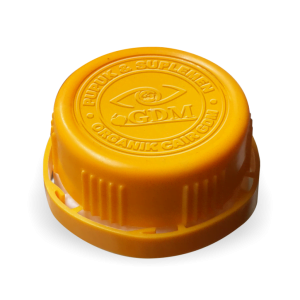
Sertifikat & Achievement
GDM Materials:
All materials needed for the manufacture of GDM are “fresh” materials where these materials are obtained every day and are processed immediately so that no decomposition process that allows the entry of sources of disease. By using selected materials, GDM can provide better and guaranteed results.

Organic waste in the manufacture of GDM products consists of:
- Animal Organic Waste
- Agricultural Organic Waste
- Organic Fisheries Waste
Organic waste is proven to be able to improve the physical and chemical properties of the soil, help improve soil micro-organisms, have a complete macro and micronutrient content, and be environmentally friendly, absorb and store water longer
Research shows that nutrient-rich seaweed. Seaweed contains minerals such as iron (Fe), iodine (I), aluminum (Al), manganese (Mn), calcium (Ca), nitrogen (N), phosphorus (P), sulfur (S), chlorine (Cl), silicon (Si), rubidium (Rb), strontium (Sr), barium (Ba), titanium (Ti), cobalt (Co), boron (B), copper (Cu), and potassium (K). Seaweed is also rich in protein, flour, sugar, and vitamins A, C, and D.
The high nutrient of seaweed is very beneficial for plants and soil
The content of animal oils is proven as:
- Anti-Fungus
- Anti-bacterial
- Anti Virus
As well as containing high essential minerals, essential minerals are proven to be very good for plant growth.
Algae is a natural resource that has a high level of diversity. The term algae come from the Latin “algae” which means sea algae.
Here are the benefits of Algae:
- As a Bioremediation Agent / Adsorbent for heavy metals.
- Contains a high CO element.
- As a natural antibiotic.
Bacteria are an important element in GDM. Because of its existence can support plant growth and improve the availability of nutrients in the soil. Each bacterium has a different function, but all of them work together and work together in balance.
Here is a list of Bacteria contained in GDM liquid organic fertilizer:
- Bacillus Brevis
- Bacillus Pumillus
- Bacillus mycoides
- Pseudomonas Alcaligenes
- Pseudomonas Mallei
- Klebsiella Oxytaca
- Micrococcus Roseus
Micro and Macro Nutrients in GDM
Here are the micro and macro nutrients in all GDM products.
Bacteria, microorganisms, and nutrients are the main things needed by plants. While livestock and fish need complete bacteria, minerals, and amino acids that can support their growth and development.
Understanding that, GDM Organic creates the best products needed for your Agribusiness business. The following are macro and micronutrients contained in Organic GDM products.
- Nitrogen (N)
- Fospor (P)
- Potassium / Potassium (K)
- Carbon (C)
- Calcium (Ca)
- Magnesium (Mg)
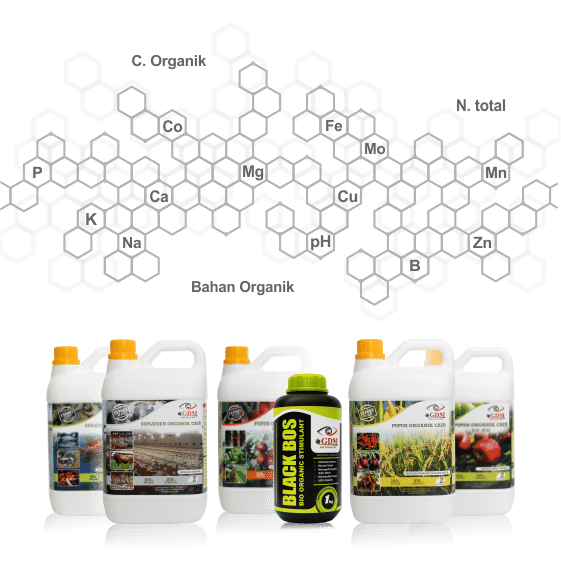
GDM Organic Fertilizer Products and GDM Organic Supplements

Bio Organic Fertilizer
For all types of agriculture, farm, fruits, houseplants, and golf course.
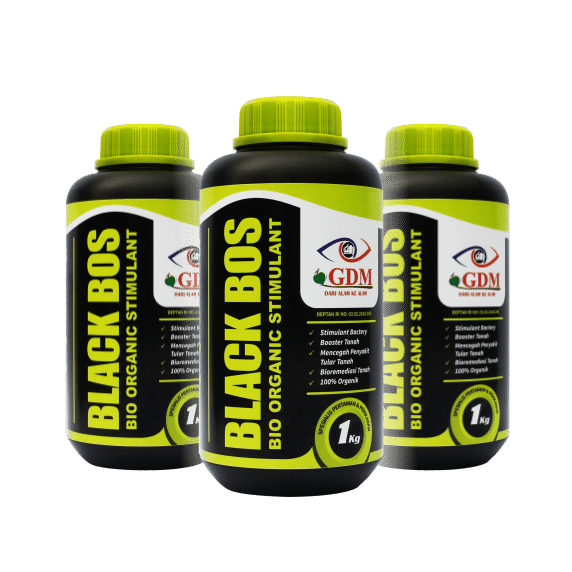
Bio Organic Stimulant
As stimulant bacteria and soil booster, which prevent the plant from any disease, also as soil bio-remediation.
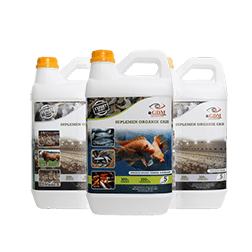
Bio Organic Probiotic
For all types of livestock (poultry, reptile, pets, small ruminants, large ruminants) and fisheries (fish, shrimp, and seaweed).
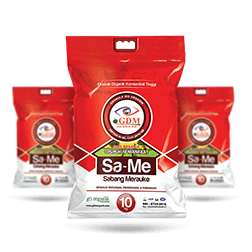
SaMe Granules Bio Organic
As a natural apatogen bacterial stimulant in nature, to improve soil quality.
List of Bacteria in GDM:
Bacteria is an important component in GDM. They significantly help the plant growth and enhance the improvement of micro and macro nutrients in the soil. Each bacteria has its own function, however, their primary function is to cooperate and synergize one another after all.
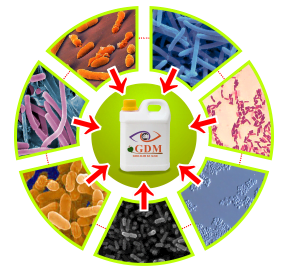
Here are the benefits of Bacillus brevis bacteria:
- Prevents tobacco cancer.
- Support plant growth.
- Prevent the emergence of diseases in plants.
Here are the benefits of Bacillus pumillus bacteria:
- Increase height and height of plant stems.
- Increase the number of leaves and their area.
- Increases protein content in legume crop yields.
Here are the benefits of Bacillus mycoides:
- Increase plant productivity.
- Reducing the possibility of disease in the leaves.
- Reducing the possibility of root disease.
- Produces antibiotic elements for plants.
- Increase soil fertility.
- Increase the absorption of nutrients in plants.
Following are the benefits of Pseudomonas alcaligenes bacteria:
- Increases absorption of elements N, P, and K.
- Support the development of plant roots.
- Increase plant growth.
The following are the benefits of Pseudomonas mallei bacteria:
- Increasing the P element in the soil.
- Increase crop yields.
- Prevents cutting neck disease in rice.
Following are the benefits of Micrococcus roseus bacteria:
- Loosen the soil.
- Support the growth of plant roots.
- Able to process micro elements, so as not to harm plants.
- Provides immunity against diseases in plants.
Here are the benefits of the Klebsiella oxytoca bacteria:
- It provides phosphorus that can be absorbed by plants.
- Capture Nitrogen so that it can be absorbed by plants.
- Support plant growth.
- Improve the composting process in the soil.



